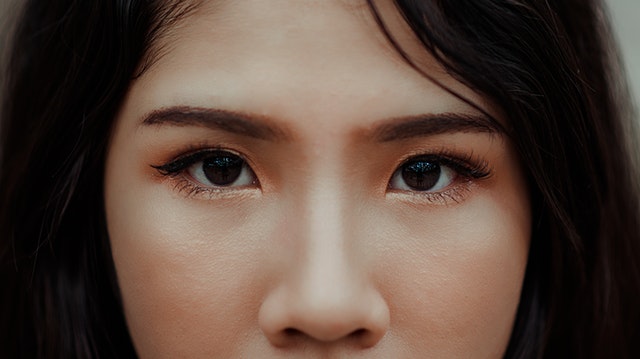
Image Credit: Pexels
Regular eye care is incredibly important to maintain your vision at the highest level possible. Imagine the many differences in your everyday life that poor eyesight would force upon you.
Unfortunately, eyesight problems are common and something that most people experience at some point in life, so it makes sense to know the facts about eye problems. Here are a few of the more common eye conditions:
Myopia and Hyperopia
Myopia, or nearsightedness, is a common eye defect where you can see clearly close-up, but your vision becomes blurrier when looking at items further away.
Hyperopia, or farsightedness, is when you can see things in the distance clearly but have trouble seeing things that are close to you.
Both myopia and hyperopia can typically be treated with prescription eyeglasses or contact lenses. Laser eye surgery can also be used to correct these common vision problems.
Astigmatism
Astigmatism develops from shifting curvatures on the surface of your eye. This often results in blurry vision in different directions with clearer vision in one direction.
Your doctor is likely to treat your astigmatism by having you wear corrective lenses that are consistent with the curvatures in your eye.
Lenses that shape your eye can better compensate for astigmatism and will allow you to see clearly. With online shopping, you can now get contact lenses overnight shipping as well.
Amblyopia
Amblyopia, also called lazy eye, causes vision issues because the eye’s connection to the brain is weakened and the brain favors the other eye. While only a doctor can diagnose this disorder, symptoms include a wandering eye or eyes not moving together.
Amblyopia can be treated with an eye patch, drops, corrective lenses, or surgery.
Color blindness
Color blindness involves an inability to detect certain colors, usually reds and greens. That occurs when the cone cells in your eye do not function or are missing.
While it is rare, some with color blindness can only see shades of gray. Sufferers are often born with color blindness, and men are more likely to experience color blindness than women.
During your eye exam, doctors can diagnose color blindness by using tests. Treatment is limited to glasses or contacts that help differentiate colors, but color vision corrective lenses have different results for different people.
Cataracts
When the eye’s lens begins to develop cloudiness, it is often a sign of cataracts. Cataracts appear slowly over time and symptoms typically don’t involve acute pain, discomfort, or redness in your eye.
More often than not, cataracts become large enough to affect your eyesight. Fortunately, surgery can restore your eyesight to what it was before cataracts started to cloud your vision.
Thanks to advanced technology, LASIK eye surgery can remove cataracts. Laser eye surgery is a relatively quick and painless procedure for cataracts and many other vision problems. Just make sure to seek out the most updated type of blade-free LASIK that only uses lasers.
There are eye doctors who perform this type of LASIK eye surgery in Nashville, and many other states across America, by using lasers because of the accuracy, control, and safety they provide.
Glaucoma
One of the main symptoms of glaucoma is the development of a blind spot that grows to affect your vision.
Since glaucoma is caused by pressure building in the eye, your eye pressure can be tested, and glaucoma can be diagnosed at your eye examination. It is possible for pressure in the eye to become high enough to damage your optic nerve.
It is not always possible to prevent glaucoma from worsening, with the initial causes ranging from blocked blood vessels, an eye injury, or inflammatory disorders of the eye. Glaucoma can also be hereditary.
The first line of treatment for glaucoma is typically pressure-lowering eye drops. These are often effective at controlling inner eye pressure, which otherwise puts you at risk of damage to the optic nerve.
Glaucoma can sometimes be treated with surgery. There are several different types of eye surgery that can treat the condition, but the likely effectiveness can only be assessed by a specialist. Surgical treatments often involve allowing pressure-causing fluid to drain or opening fluid channels to improve eye drainage.
Corneal disease
Your cornea is the clear semi-circle-shaped area on the front of your eye that allows you to process the light that is entering. Things like injury, infection, disease and chemical exposures can lead to corneal diseases. If you experience pain, redness, or watery eyes with a halo effect or you have vision issues, it might be caused by corneal disease.
Corneal disease can be treated by changing your eyeglass prescription, using medicated eye drops, or sometimes with surgery.
From nearsightedness to corneal disease, there are a number of common eye defects that might affect you.
Remember to have regular eye checks so that your optician or ophthalmologist can diagnose and treat any potential issues. In most cases, early treatment is the best way to rectify the most common eye defects.



![[Infographic] Learning More About The Most Common Cancers In Women Common Cancers In Women](https://www.safeandhealthylife.com/wp-content/uploads/2023/10/Common-Cancers-In-Women-1-150x150.webp)
